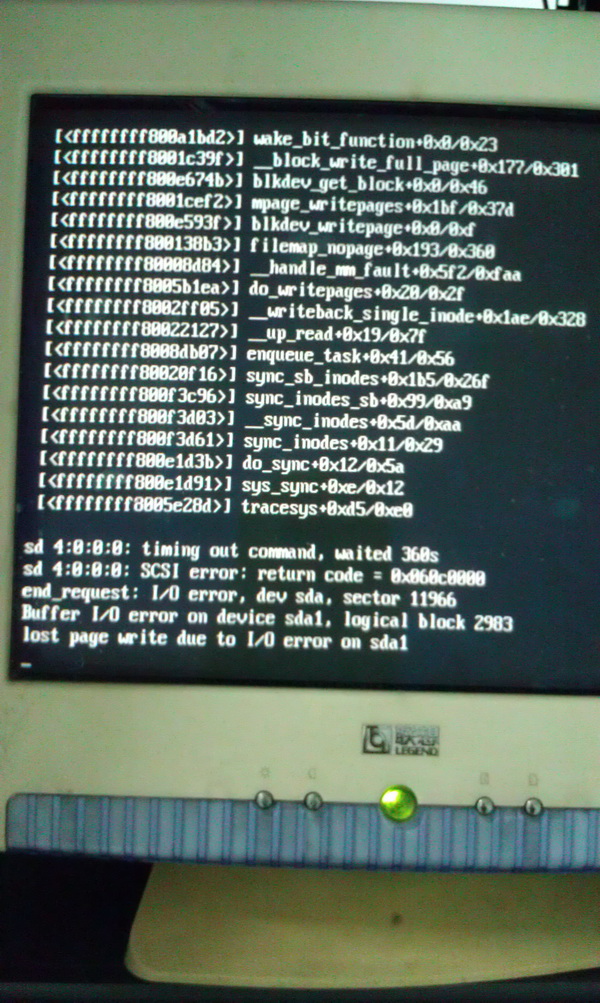


RS_SERVER_RPC_SOCKET_PATH=/var/run/rstudio-server/rstudio-rserver/session-server-rpc.socket RS_SESSION_TMP_DIR=/var/run/rstudio-server/rstudio-rsession RS_RPOSTBACK_PATH=/usr/lib/rstudio-server/bin/rpostback The issue may be that the expected ENV vars are not present in the terminal session, so quarto is attempting to open a native browser window which fails due to lacking a display. I believe the issue is that quarto is not detecting the RStudio Workbench (Prairie Trillium) environment correctly when quarto is invoked from the terminal. cloud/project/myblog$ quarto publish netlify The sample blog published from my desktop version of RStudio using the same command ( quarto publish netlify) in the terminal ( here).Īttempting to publish to Netlify from RStudio Cloud via the … RStudio Workbench terminal currently does not work: Xdg-open: no method available for opening '' usr/bin/xdg-open: 869: elinks: not found usr/bin/xdg-open: 869: links2: not found usr/bin/xdg-open: 869: www-browser: not found

usr/bin/xdg-open: 869: chromium-browser: not found usr/bin/xdg-open: 869: chromium: not found usr/bin/xdg-open: 869: konqueror: not found usr/bin/xdg-open: 869: epiphany: not found usr/bin/xdg-open: 869: mozilla: not found usr/bin/xdg-open: 869: seamonkey: not found usr/bin/xdg-open: 869: iceweasel: not found usr/bin/xdg-open: 869: firefox: not found The error I receive is: /cloud/project/myblog$ quarto publish netlify My Rstudio cloud project of the example blog is: While ((userInput = stdIn.Is it possible to publish a quarto blog to netlify from RStudio cloud? For example, if your echo server is running on the computer and it is listening on port number 7, first run the following command from the computer if you want to use the EchoServer example as your echo server: When you run this program on your computer, make sure that the host name you use is the fully qualified IP name of the computer to which you want to connect. The example program uses the firstĬommand-line argument as the name of the computer (the host name) and the second command line argument as the port number. The Socket constructor used here requires the name of the computer and the port number to which you want to connect. The first statement in the try-with resources statement creates a new New InputStreamReader(echoSocket.getInputStream())) New PrintWriter(echoSocket.getOutputStream(), true) Socket echoSocket = new Socket(hostName, portNumber) // 1st statement These lines establish the socket connection between the client and the server and open a Try-with-resources statement in the EchoClient example are critical. Let's walk through the program and investigate the interesting parts. Note that the EchoClient example both writes to and reads from its socket, thereby sending data to and receiving data from the echo server. The client program reads and displays the data passed back to it from the server. The server echoes the input back through the socket to the client. It reads input from the user on the standard input stream, and then forwards that text to the echo server by writing the text to the socket. The EchoClient example creates a socket, thereby getting a connection to the echo server. (Alternatively, the client can connect to any host that supports the Echo Protocol.) The exampleĮchoServer implements an echo server. The echo server receives data from its client and echoes it back. Let's look at a simple example that illustrates how a program can establish a connection to a server program using the Socket class and then, how the client can send data to and receive data from the server through the socket.ĮchoClient, that connects to an echo server.


 0 kommentar(er)
0 kommentar(er)
